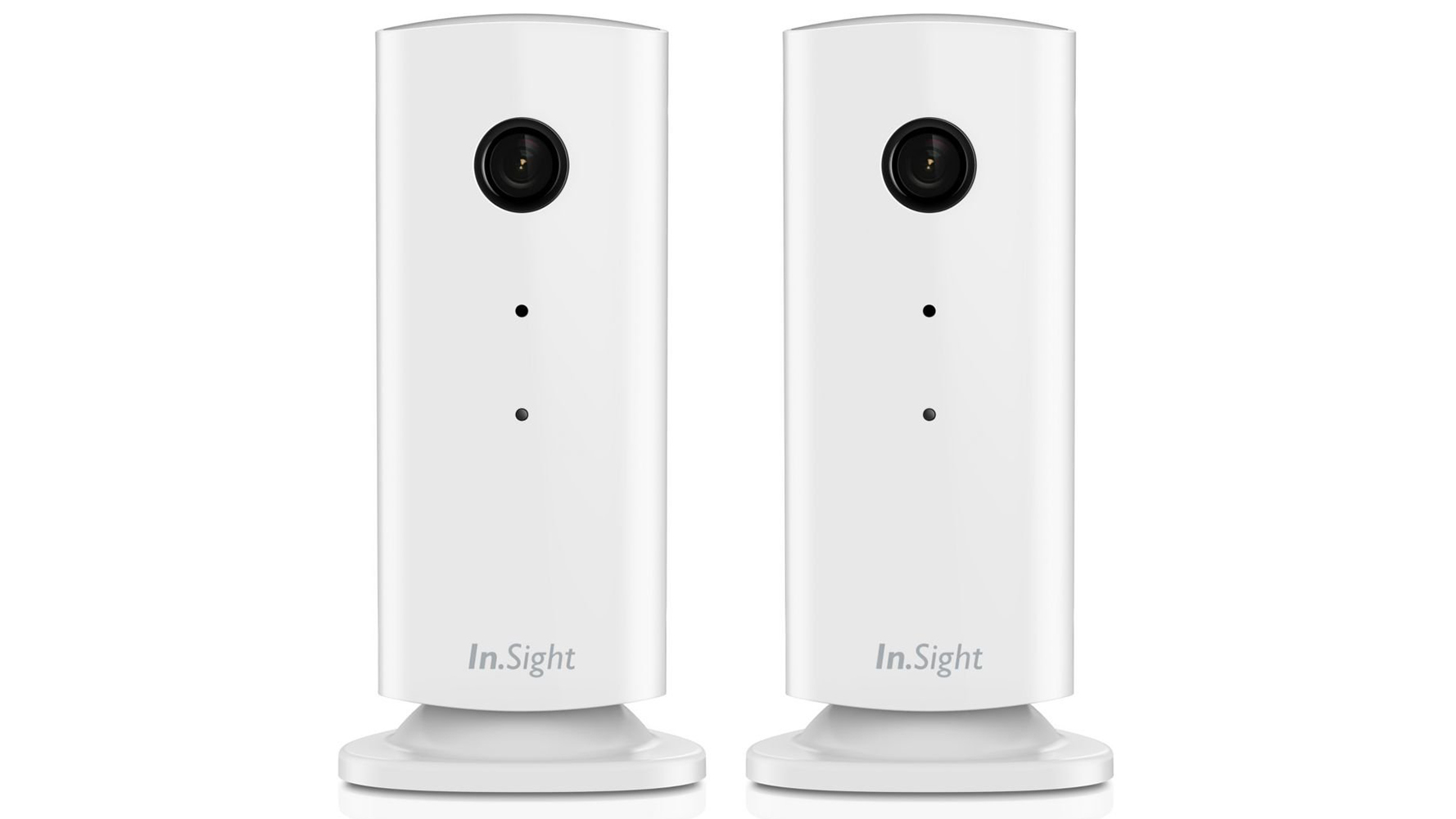TechRadar Verdict
Pros
- +
Attractive design
- +
Compact
- +
Easy to install
- +
Long leads
Cons
- -
Fiddly set up with QR codes
- -
iOS app sometimes crashes
- -
No built-in memory
Why you can trust TechRadar
Home network cameras such as the Philips In.Sight, that enable you to keep an eye on your valuables while you're away, are becoming increasingly popular. This means that the cameras are getting easier to set up and install, as well as looking less like a CCTV camera that you'd find in a dingy car park, and more like a glossy piece of highly desirable technology.
Even compared to home-orientated network cameras such as the D-Link Home Network Camera DCS-942L or the Aztech WIPC402 Wireless-N Pan/Tilt IP Camera, which are far from ugly, the Philips In.Sight cameras are easily the best looking network cameras we've seen so far.
Small, thin, smooth and white, these cameras will sit unobtrusively in even the most minimalist of homes. They cost £99.95 / US$129.99 / AU$179.95 for a single camera, though double kits offer a discount. The Philips In.Sight kit we tested came with two cameras, with the ability to easily add more later if you want to.
So the Philips In.Sight wireless home monitor looks the part, but how easy is it to install? Thankfully it's very easy indeed, thanks to some canny design decisions. Each camera has a sturdy magnetic base that makes it easy to place on flat or metallic surfaces, while angling the camera for the required view. These can be quickly swapped out for bases that can be screwed onto walls and ceilings.
The magnetic connections make the cameras easy to add and remove if there are any problems. They are powered by a mini USB connection, which comes with a long wire that again gives you plenty of scope when placing the camera.
Configuring the cameras is all done through the app that you can download for iPhone or Android devices, which is simple enough to use, though we found the iOS version of the app a bit ropey - it crashed and became unresponsive a few times.
A rather clever set up procedure follows. By entering your wireless network's details into the app it creates a QR code image on your phone's screen. You then hold up the phone in front of the camera and it configures everything for you. Sounds great in theory, but in use there was a bit of waving around to get the cameras to pick up the QR codes. When they did, however, things went smoothly.
Once done you can easily see your cameras from the app or over a web browser, and you can set up motion and sound triggers to get the cameras to record footage straight to your Dropbox account when the system senses something.
Verdict
Image and sound quality captured by the cameras is very good, while installation was particularly easy. The premium look of the cameras meant we didn't feel like we needed to hide them away like some other network cameras that we've tested.
The only let down is the app, which seems a little too temperamental at the moment. Hopefully future updates will improve the stability.
First reviewed 19 August 2013

Matt is TechRadar's Managing Editor for Core Tech, looking after computing and mobile technology. Having written for a number of publications such as PC Plus, PC Format, T3 and Linux Format, there's no aspect of technology that Matt isn't passionate about, especially computing and PC gaming. He’s personally reviewed and used most of the laptops in our best laptops guide - and since joining TechRadar in 2014, he's reviewed over 250 laptops and computing accessories personally.
